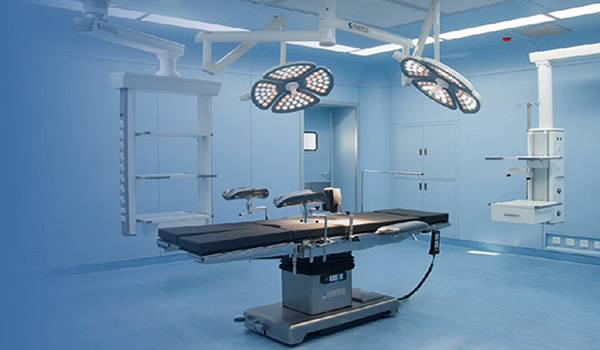Colorectal cancer (CRC) is now the third most common cancer worldwide and ranks among the top causes of cancer death in Asia. Rapid dietary changes, aging populations, and low screening uptake have accelerated incidence in Asia. This article explores colorectal cancer treatment options—surgery, chemotherapy, radiotherapy, targeted drugs, and immunotherapy—while addressing Asia-specific challenges and future directions.

Colorectal Cancer in Asia: The Rising Burden
- Global incidence: Over 1.9 million new cases annually, with 935,000 deaths.
- Asia’s numbers: China, Japan, and South Korea among the highest CRC burdens globally.
- Risk factors in Asia: High red meat and processed food consumption. Low fiber intake. Obesity, diabetes, smoking, and alcohol.
- Screening gap: Colonoscopy and fecal occult blood test uptake remains low in much of Asia.
Surgery: The Primary Treatment
Colon Cancer
- Colectomy (partial or total): Removal of part or all of the colon.
- Laparoscopic and robotic surgery: Increasing in Japan, South Korea, Singapore.
Rectal Cancer
- Total Mesorectal Excision (TME): Gold standard for rectal cancer.
- Sphincter-preserving surgeries: Improve quality of life for patients.
Regional Access
- Japan and South Korea: Advanced surgical expertise and robotic programs.
- India and Southeast Asia: Late-stage cases often inoperable.
Chemotherapy
- First-line drugs: 5-fluorouracil (5-FU), oxaliplatin, irinotecan.
- Combinations: FOLFOX, FOLFIRI standard regimens.
- Adjuvant therapy: Used after surgery to reduce recurrence.
- Neoadjuvant therapy: For locally advanced rectal cancer before surgery.
Barriers in Asia:
- High costs in low-income countries.
- Side effects reduce compliance in rural populations without supportive care.

Targeted Therapy
EGFR Inhibitors
- Cetuximab and panitumumab for RAS wild-type tumors.
- Effective in prolonging survival in metastatic CRC.
VEGF Inhibitors
- Bevacizumab widely used; biosimilars increasing access.
HER2 and BRAF Targets
- Newer drugs expanding treatment in specific patient subgroups.
Immunotherapy
- Checkpoint inhibitors: Pembrolizumab and nivolumab effective in MSI-H (microsatellite instability-high) tumors.
- Challenges: Only a small proportion of CRC patients have MSI-H; cost remains a barrier in much of Asia.
Radiotherapy
- Rectal cancer: Preoperative radiotherapy reduces recurrence risk.
- Advanced centers: Proton and stereotactic radiotherapy in Japan, South Korea.
- Limitations: Many hospitals in South and Southeast Asia lack radiotherapy equipment.
Regional Insights
- Japan & South Korea: Among the best survival rates globally due to strong screening programs.
- China: Highest number of new CRC cases; expanding access to colonoscopy and targeted drugs.
- India: Growing cases; lack of screening and late diagnosis remain major issues.
- Southeast Asia: Rising incidence; limited healthcare infrastructure hampers treatment access.
Future of Colorectal Cancer Treatment in Asia
- Wider adoption of colonoscopy screening.
- Liquid biopsies for early detection and monitoring.
- AI-driven imaging tools for more accurate diagnosis.
- Affordable biosimilars for targeted therapies.
- Personalized medicine integrating genetic profiling.

Conclusion
Colorectal cancer is a rising cancer epidemic in Asia, driven by lifestyle changes and aging. Surgery remains the cornerstone of treatment, while chemotherapy, targeted therapy, and immunotherapy are transforming advanced disease outcomes.
The key to improving survival in Asia lies in early detection, affordable access to advanced therapies, and national screening programs. With continued investment, Asia can reduce the rising burden of colorectal cancer and improve long-term survival.